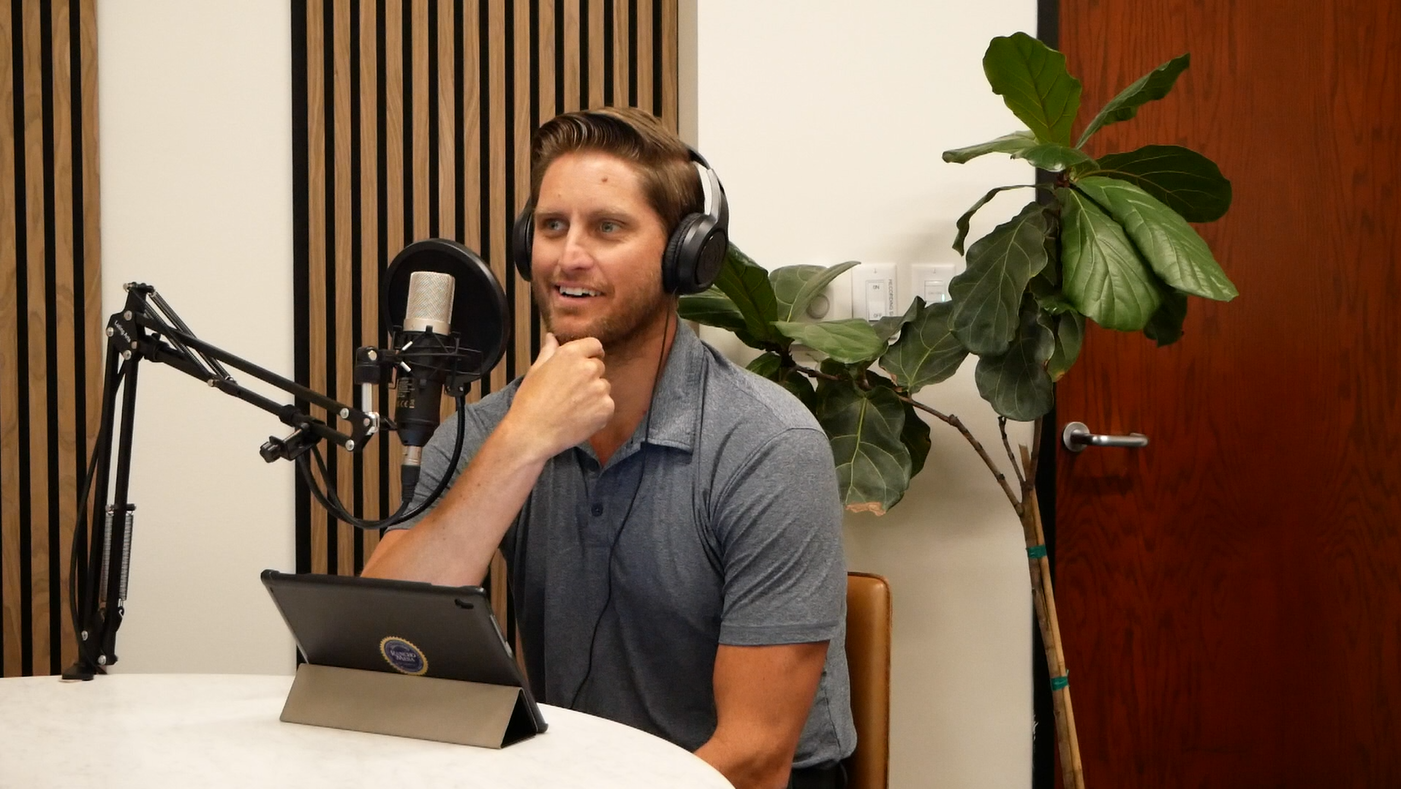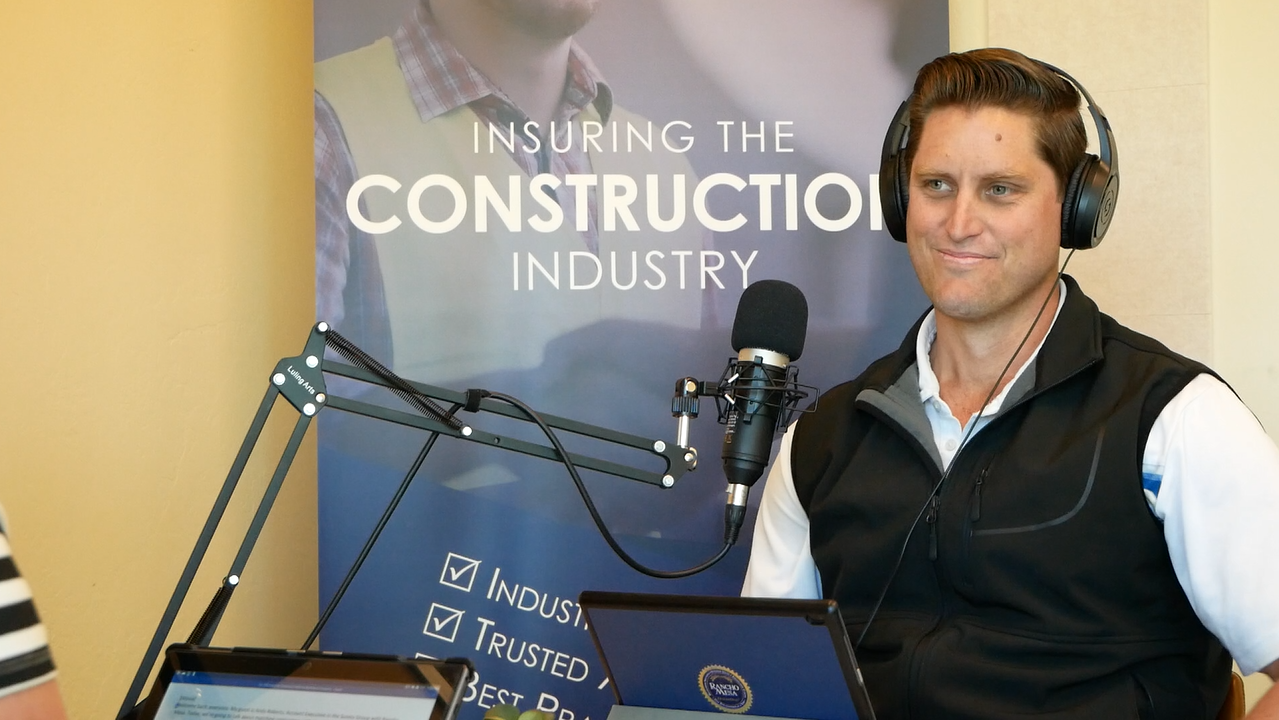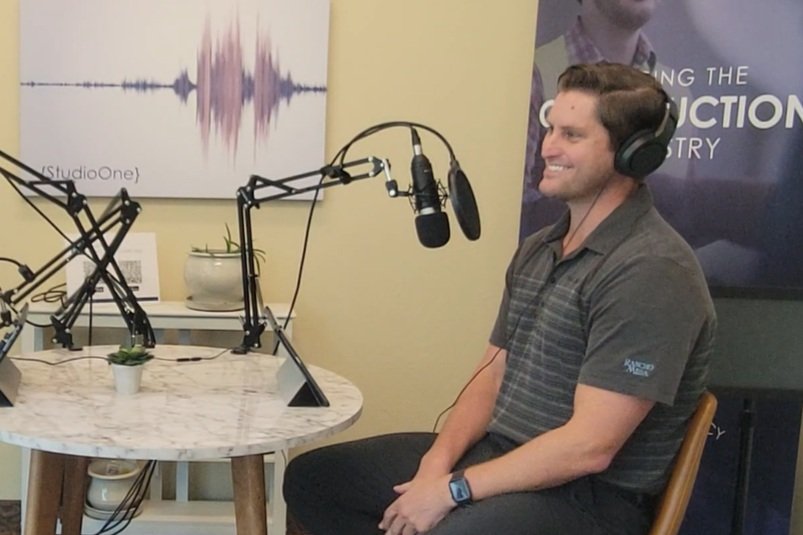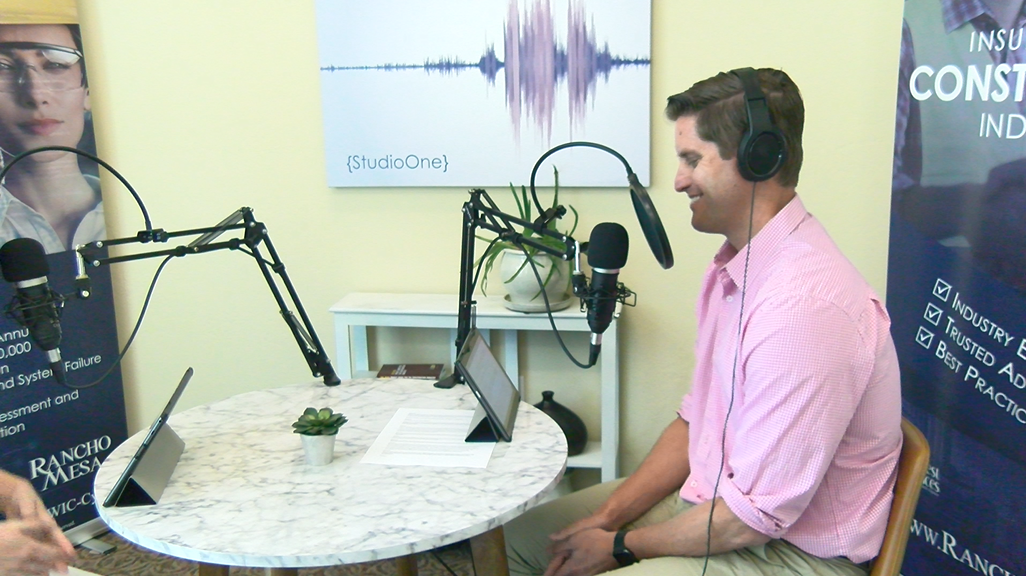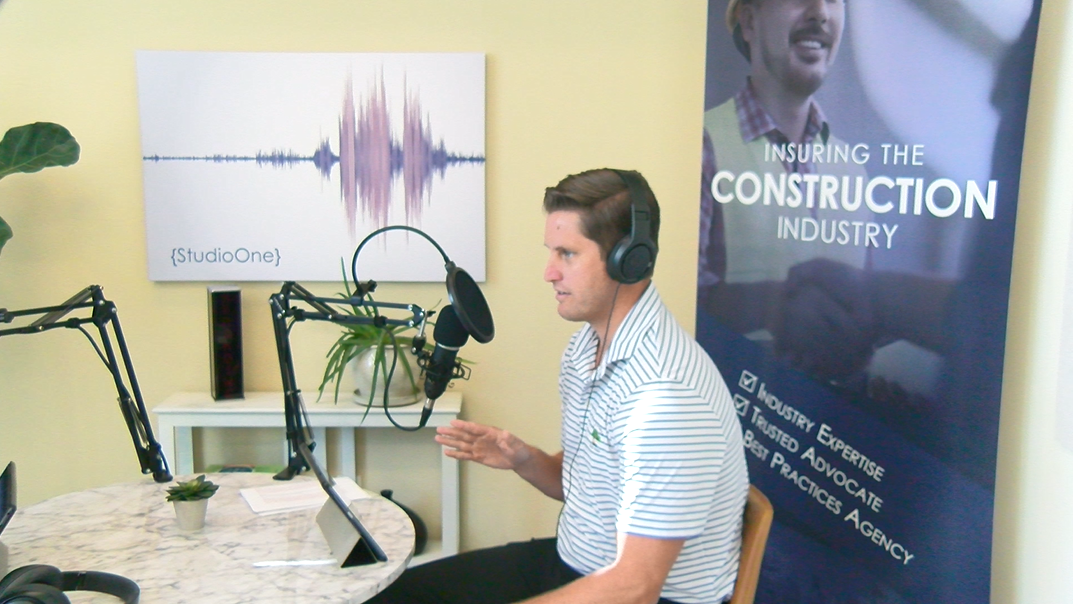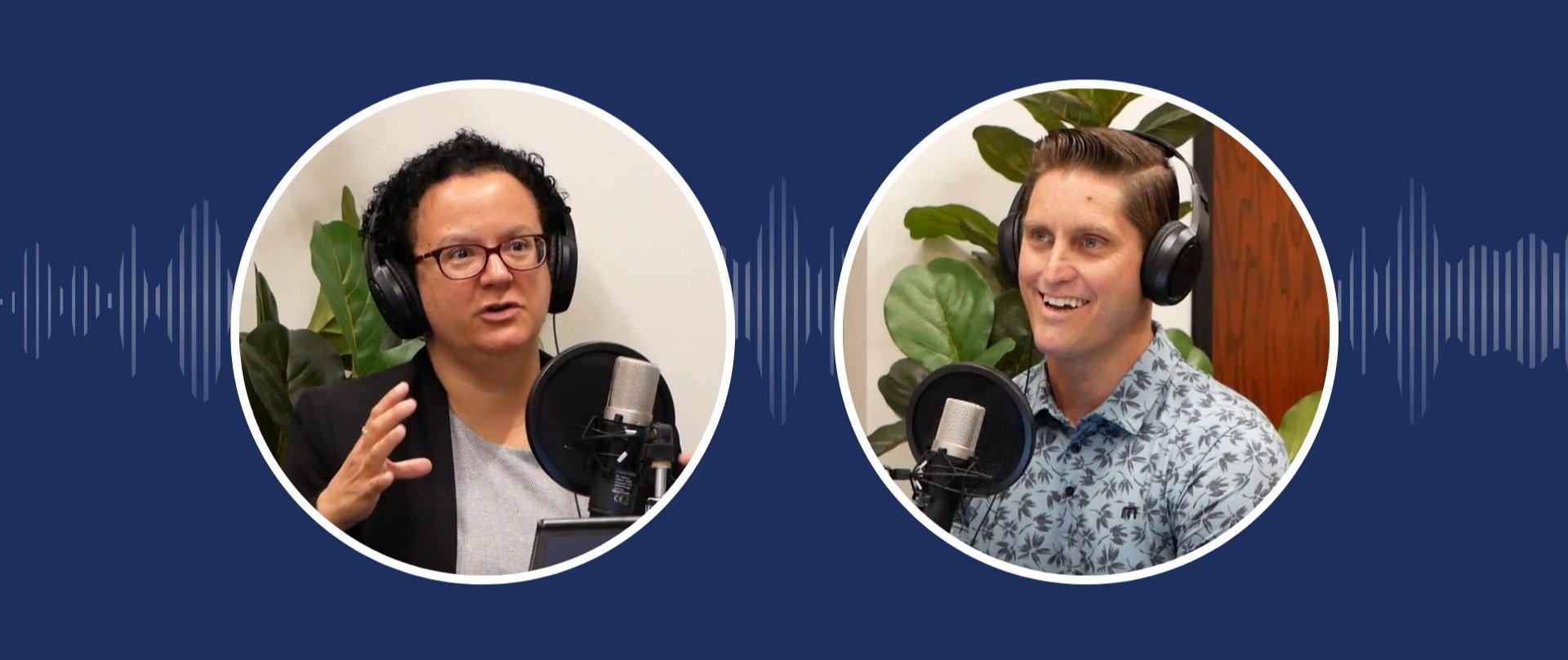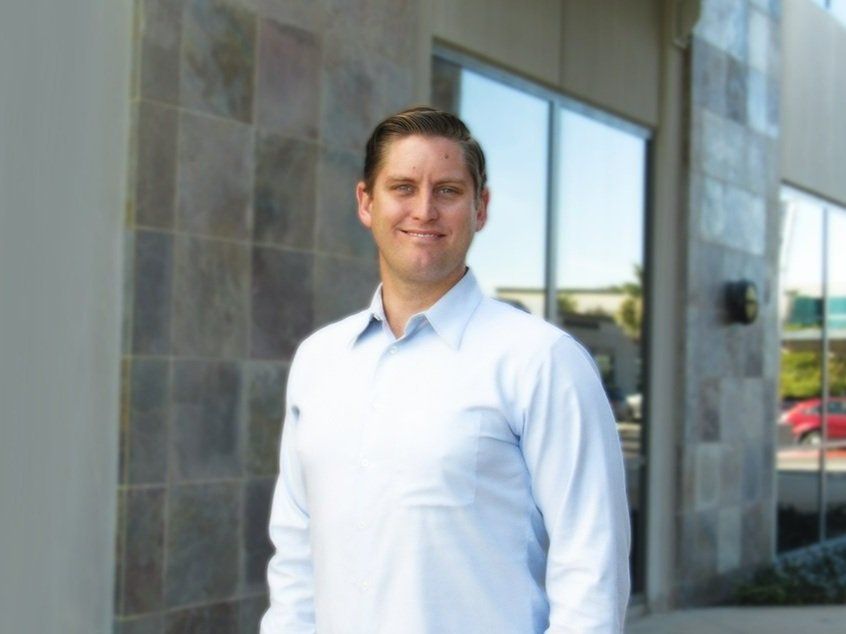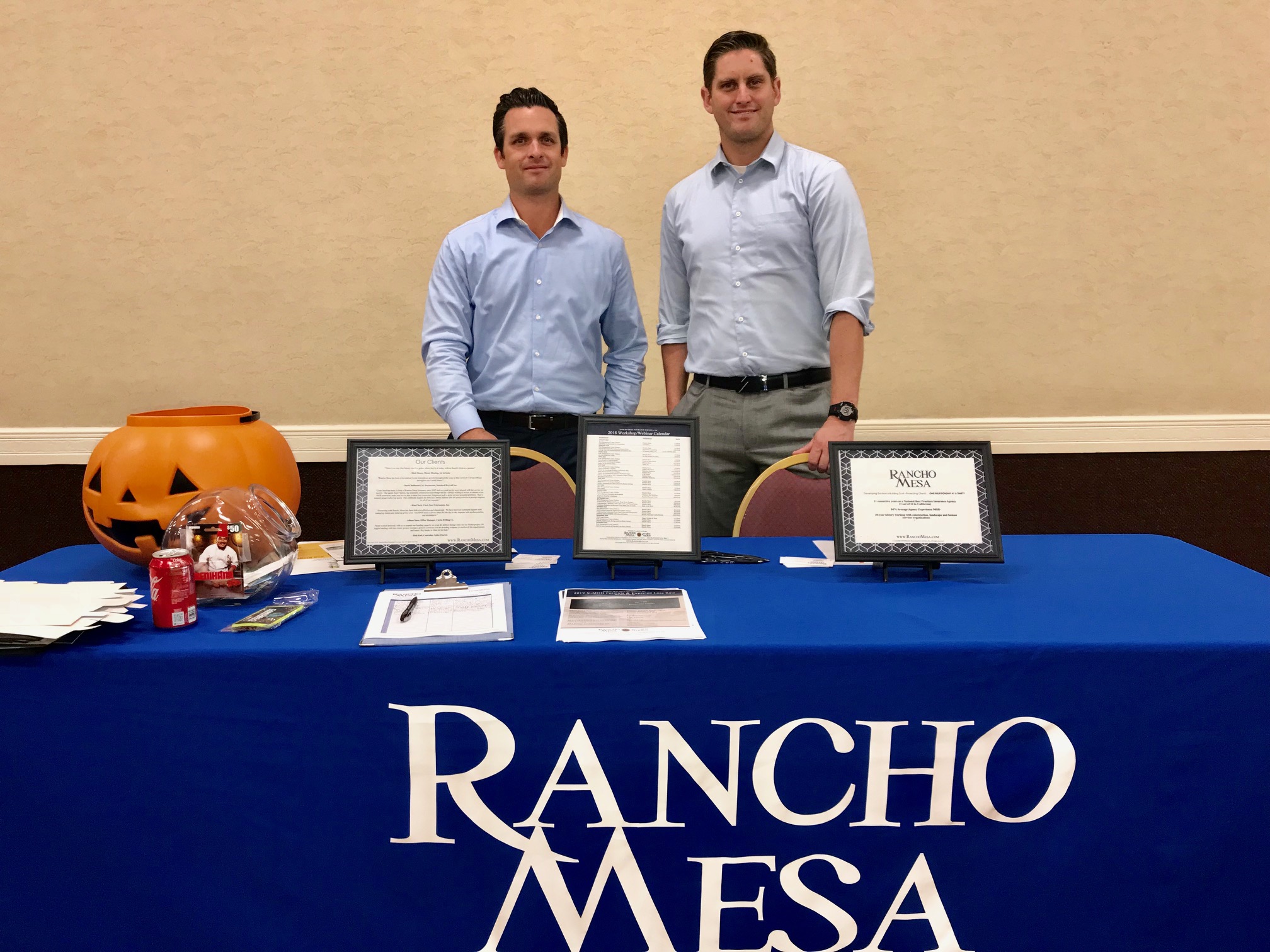About / Our Team / Andy Roberts

(619) 937-0166
Andy Roberts
Surety Group Leader
Before joining Rancho Mesa, Andy had worked in the commercial insurance industry for over eight years, focusing on the insurance needs of homeowner associations throughout California. After desiring a more specialized role within the industry, Andy joined Rancho Mesa in February of 2018 as a Surety Account Executive.
Andy was born and raised in San Diego, and currently resides in the Clairemont area with his wife Kelsey, 2-year-old daughter, soon-to-be son, and two dogs Kopi and Carter. In his free time, he enjoys staying active, playing softball, ice hockey, and spending time with his family and friends.
-
Experience
Surety Group Leader, May 2025 - Present
Rancho Mesa Insurance Services, Inc.Surety Account Executive, February 2018 - May 2025
Rancho Mesa Insurance Services, Inc.Client Manager, April 2010 - February 2018
Barney & Barney/Marsh & McLennanEducation
Bachelor of Arts, Criminal Justice, 2008
University of Nevada, Las VegasLeadership
President, Surety Association of San Diego, 2024
Designations
Associate in Fidelity and Surety Bonding (AFSB), National Association of Surety Bond Producers, 2022

Industry News
Articles Written by Andy Roberts











